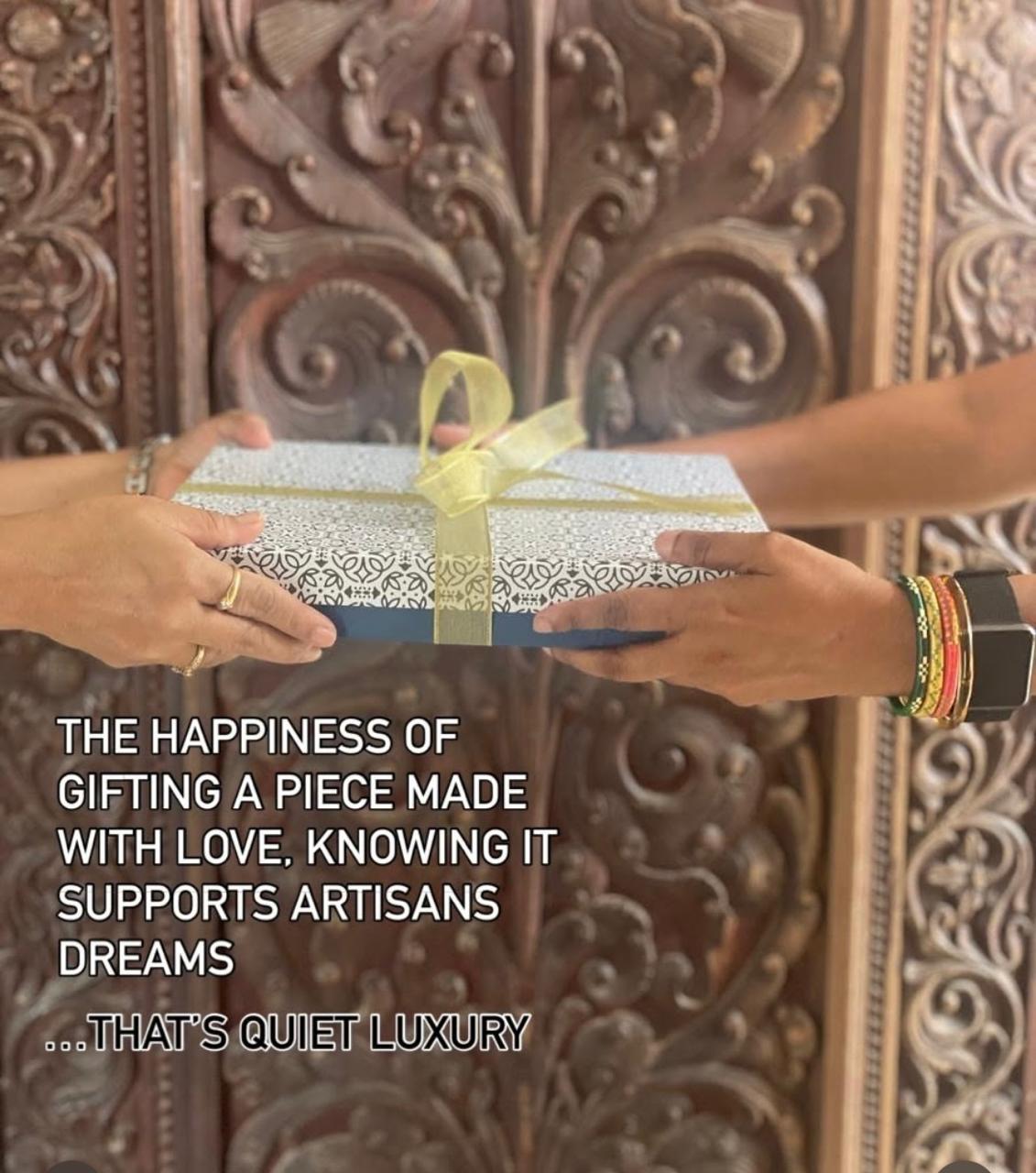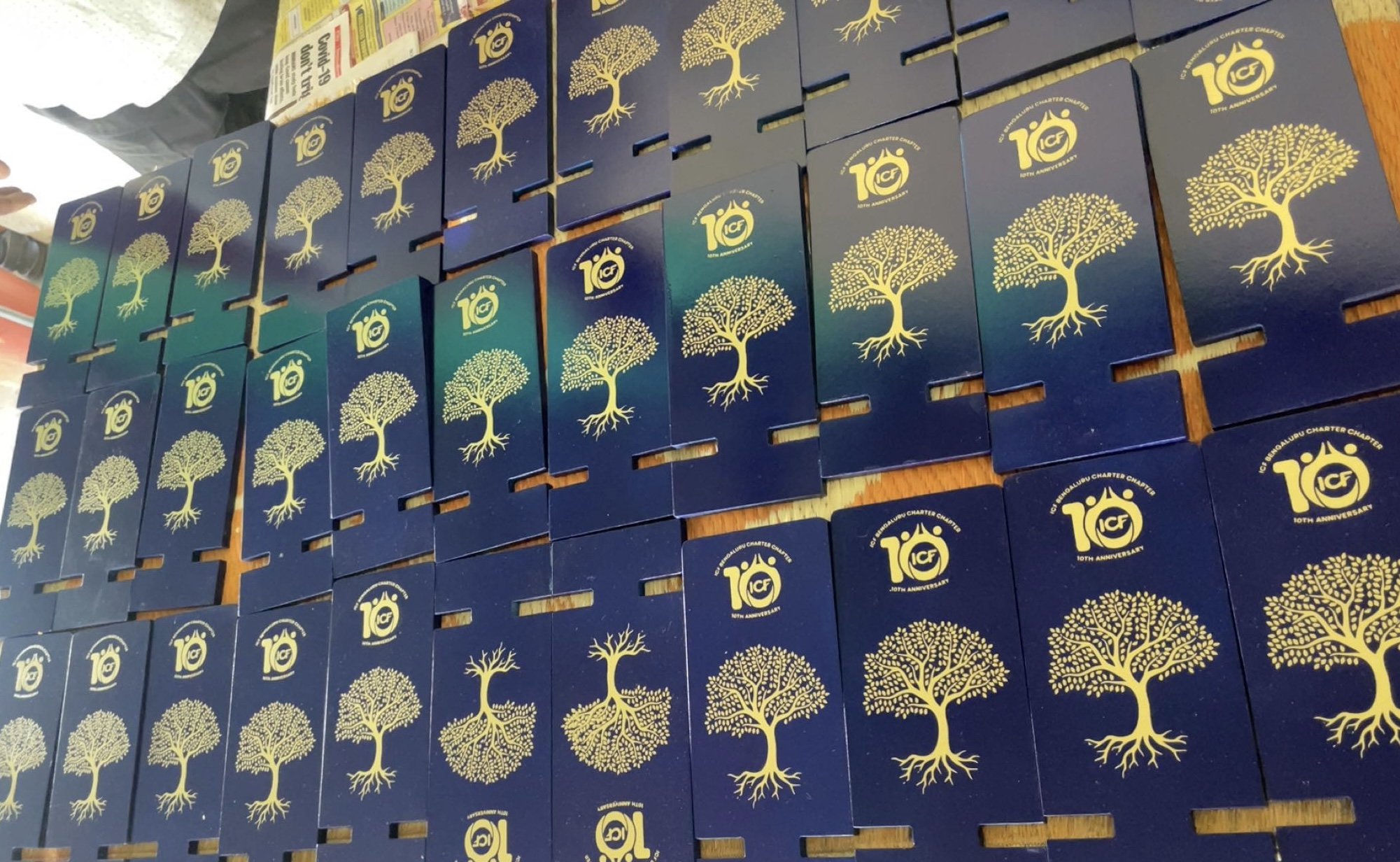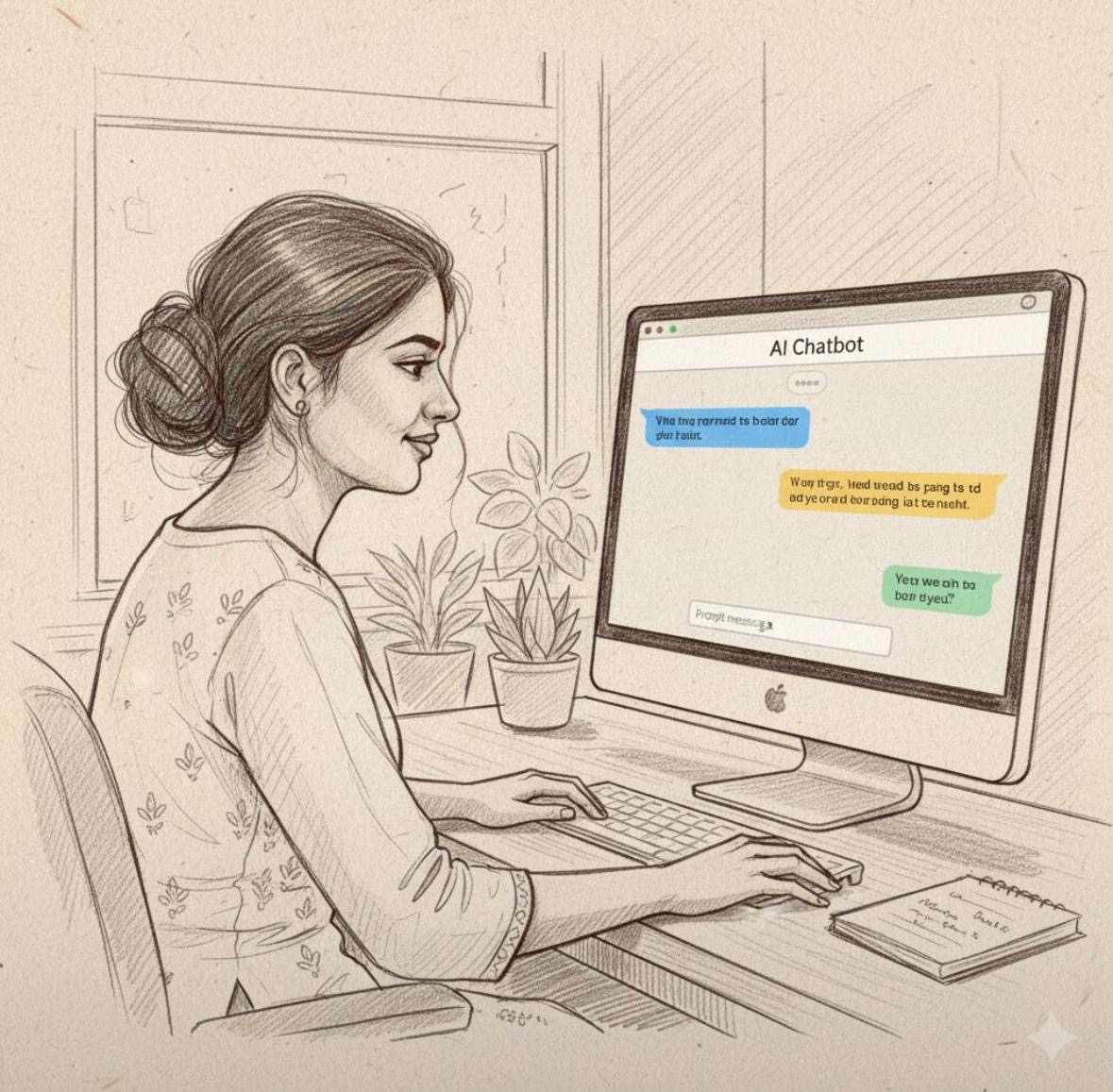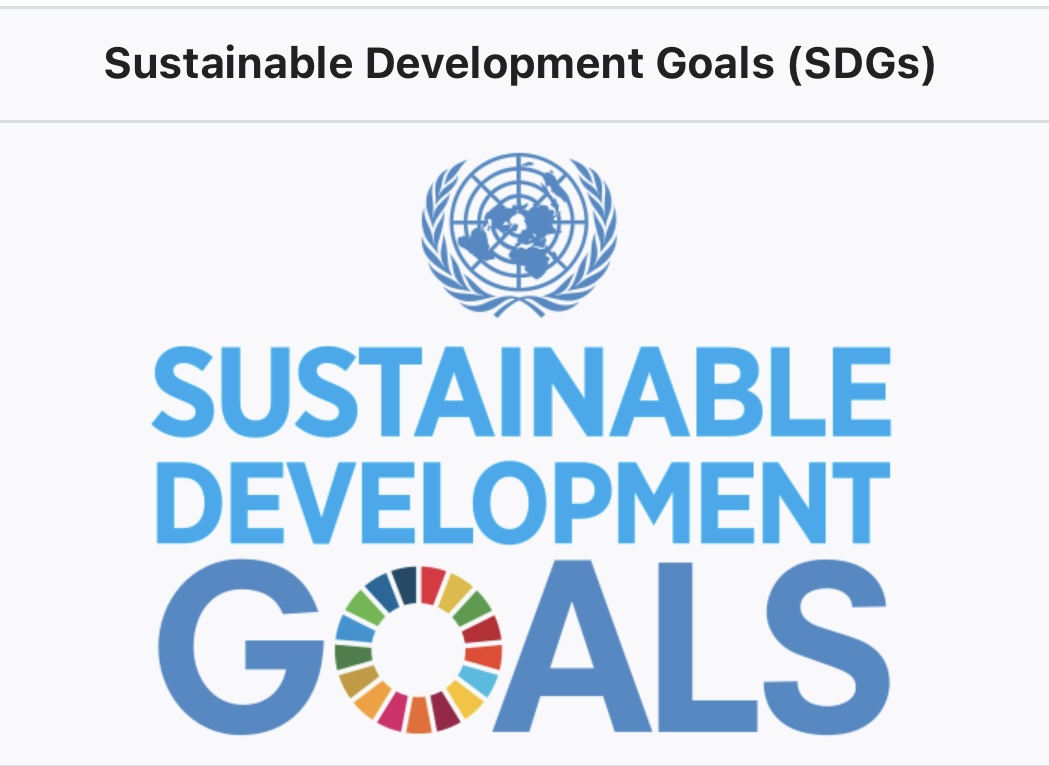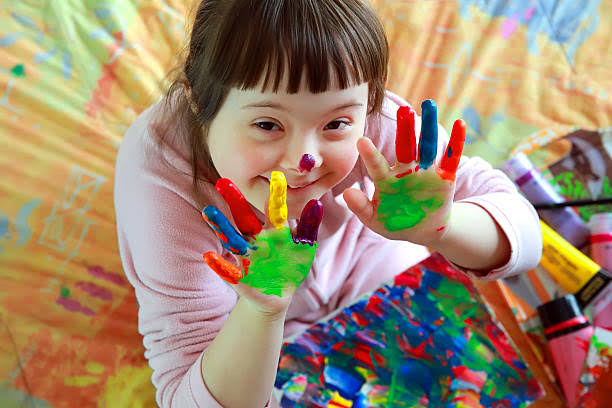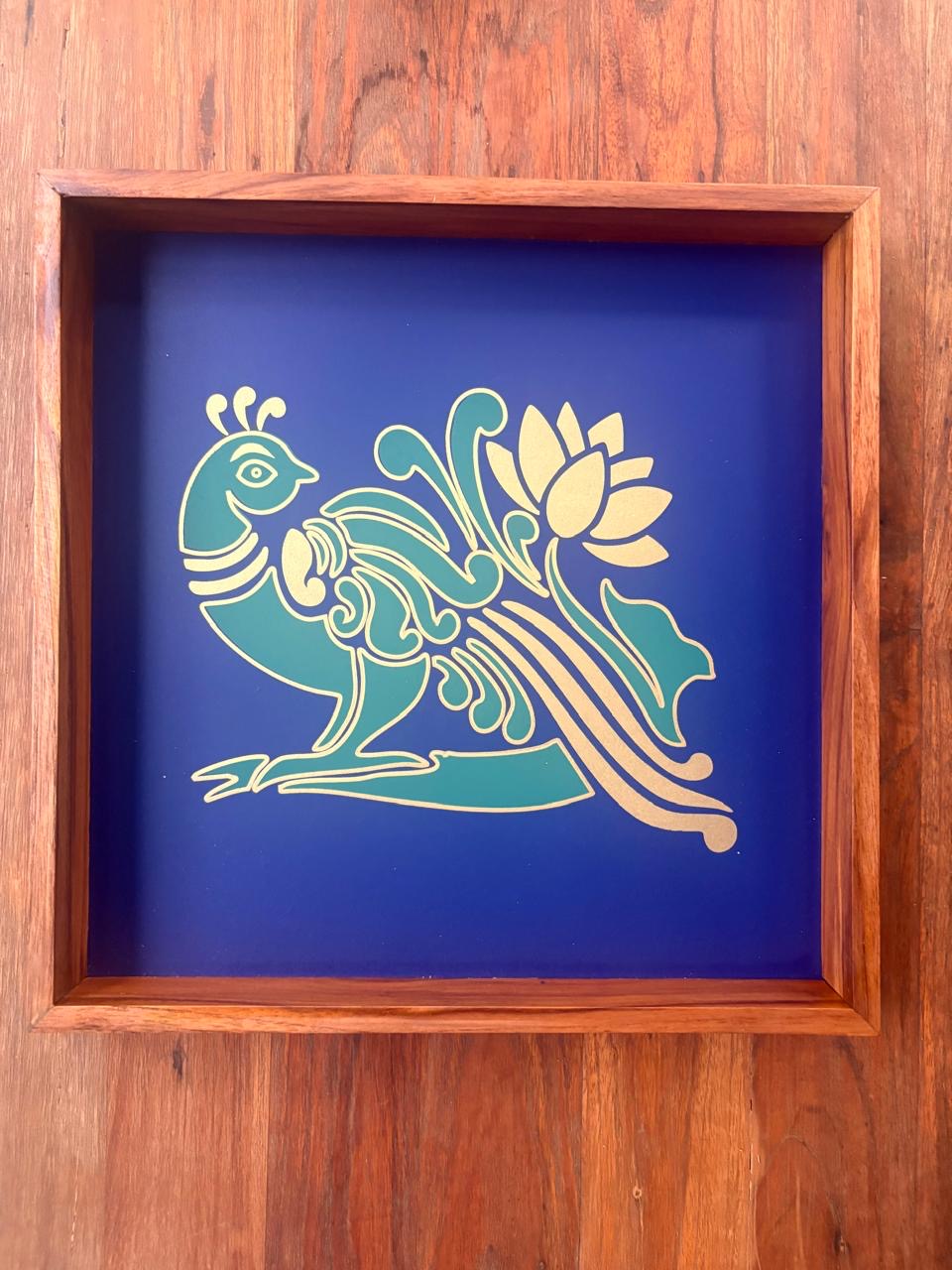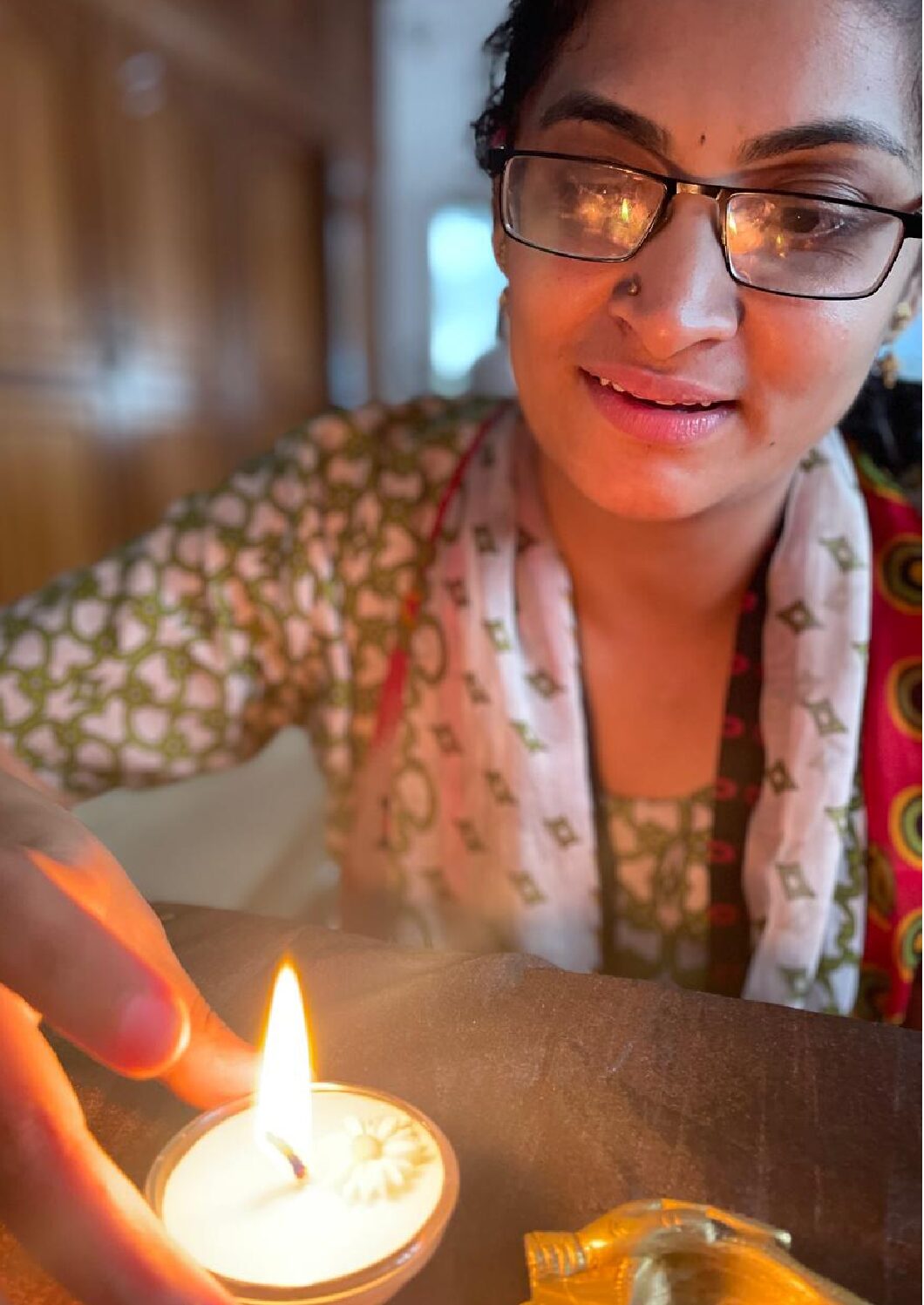Defining Quiet Luxury by Diya
Beyond the Chromosome: Celebrating the Remarkable Gifts of Our Down Syndrome Artisans We've all seen the red carpet interviews on Instagram and glossy magazines at the beauty salon. The question is always the same: "Who are you wearing?" It's the ultimate symbol of Loud Luxury—a showcase of brand names, logos, and status. It's about displaying what you bought. But at Diya Innovations Pvt Ltd, we're interested in a different question, which we hope is the one you’re asking too! We ask: "Who made it?" and "What's its story?" That's the heart of quiet luxury to us. It’s the antithesis of the mass-produced, brand-driven world. It's about a deep, personal connection to the objects in your life. This kind of luxury is found in the quiet elegance of handcrafted details — in the fragrance of a carefully made wax tablet, the natural texture of a pure cotton tote, the artistry of block-printed textiles, and the ritual of using handmade wooden trays and coasters. It’s a celebration of authenticity, where beauty lies in simplicity, craftsmanship, and the personal touch of meaningful objects. Your pure cotton tote bag quietly speaking volumes through its natural fibres, without stitched on logos. The intricate block printed textile of a handmade photo frame that makes your personal memories the true work of art. The simple ritual of using an Indian art wood tray for your morning tea, a moment of beauty that's just for you. The coasters, miniature canvases, each one a testament to detailed artistry Big labels give you a product. Quiet luxury gives you a connection—to the hands that made it, the culture that inspired it, and a value that goes deeper than a brand name. It’s about choosing authenticity over trend and a timeless story over a fleeting label. Which kind of luxury truly resonates with you? To see our catalogues do message or visit www.diyainnovations.com

